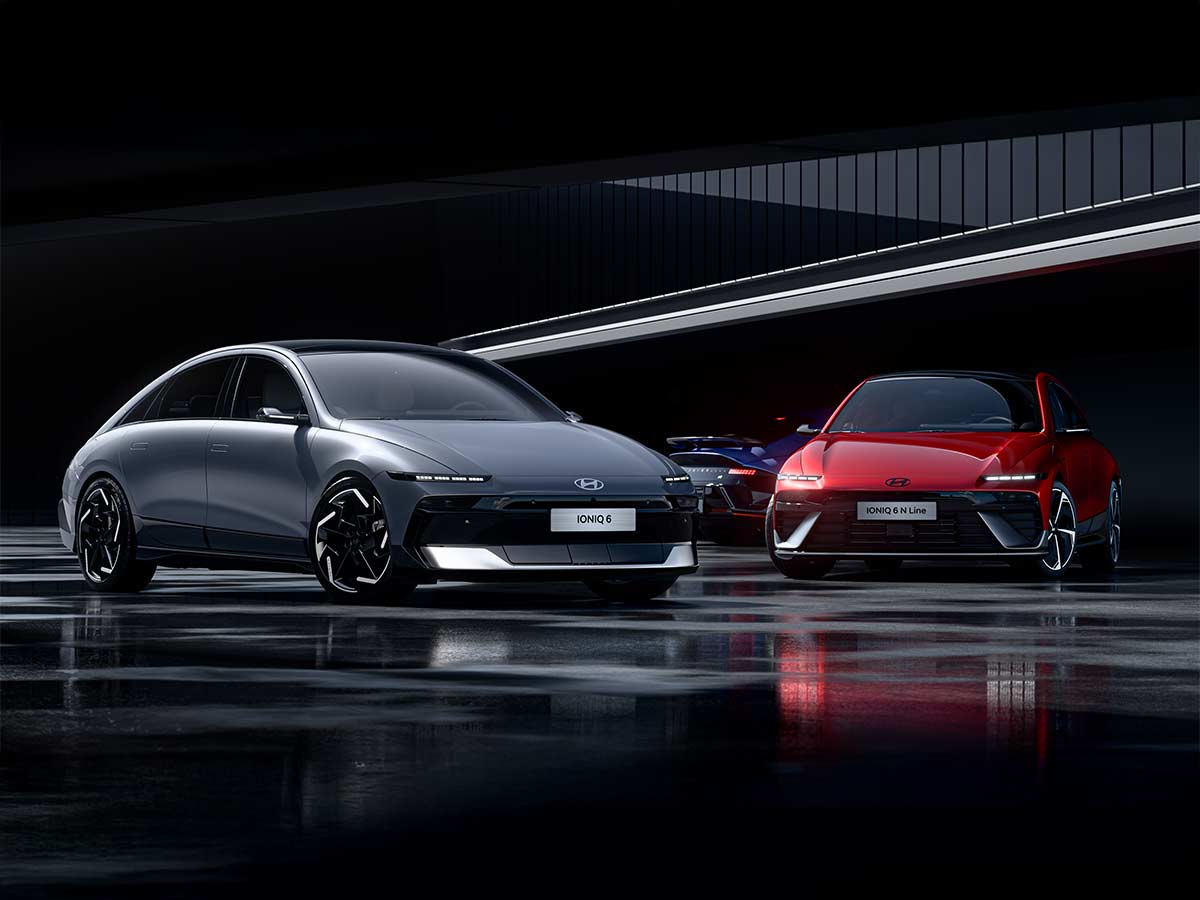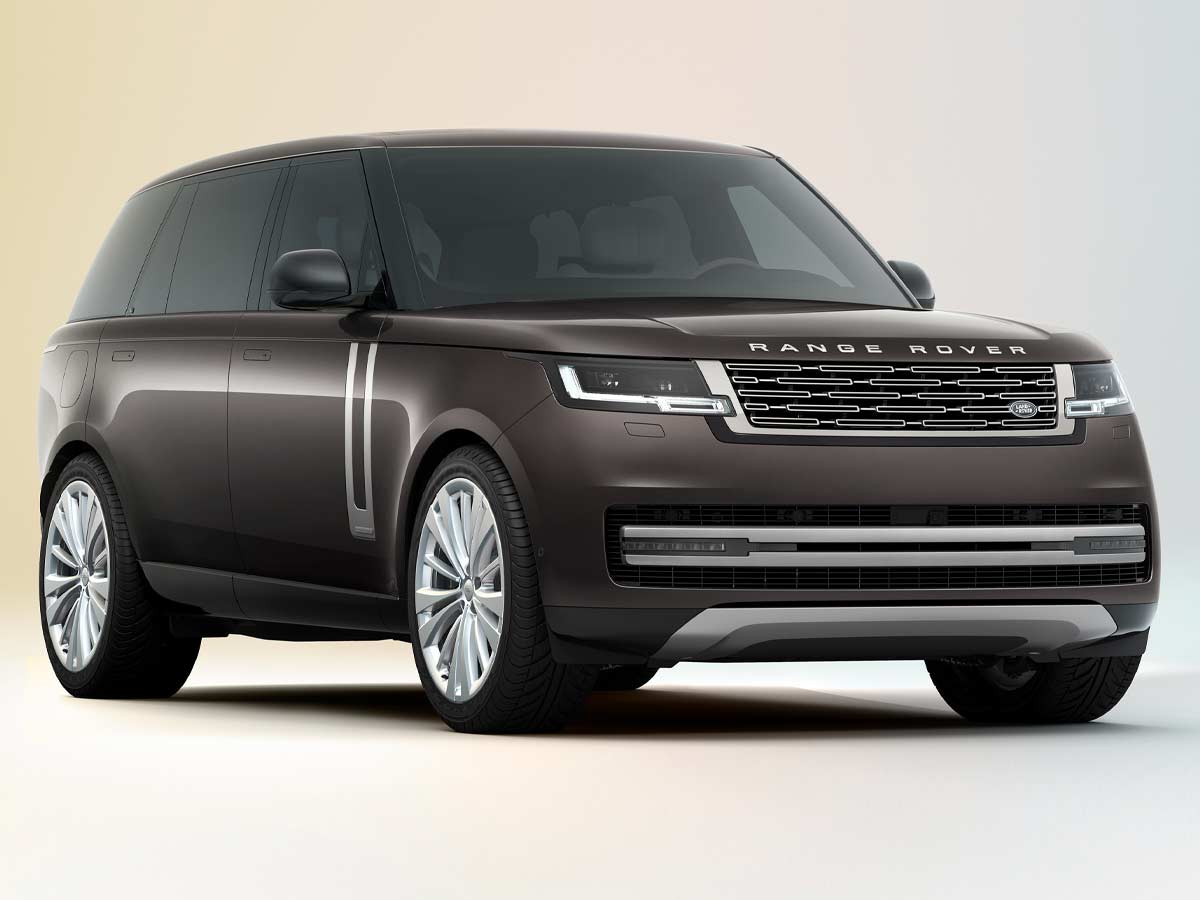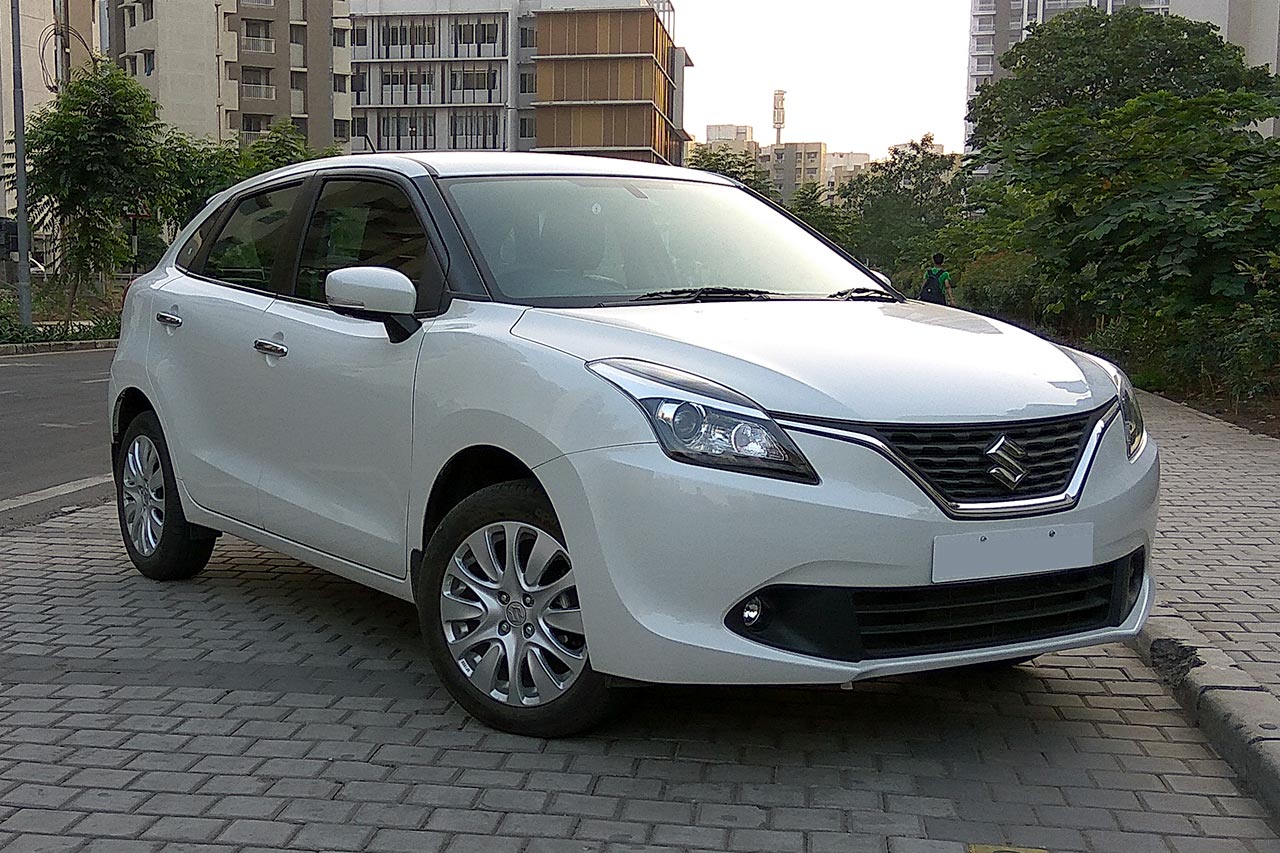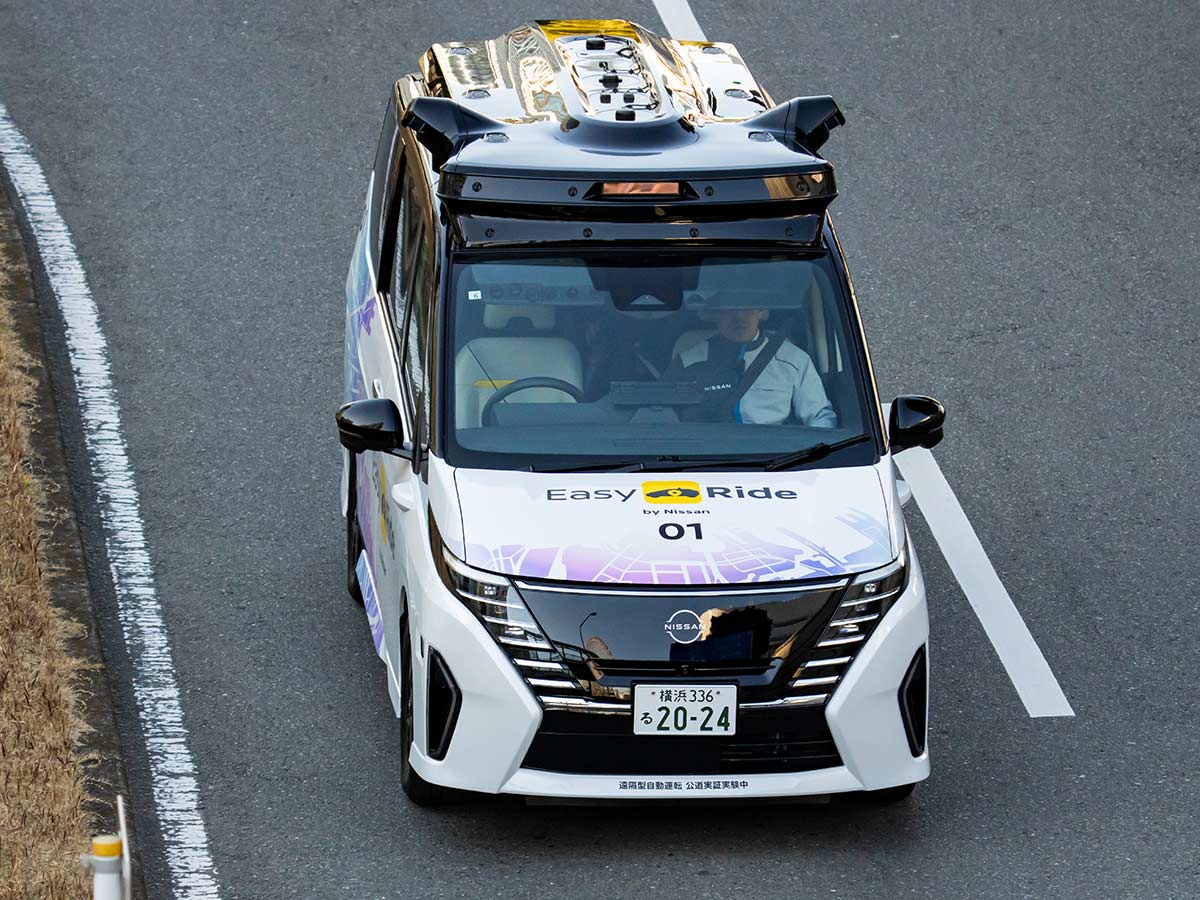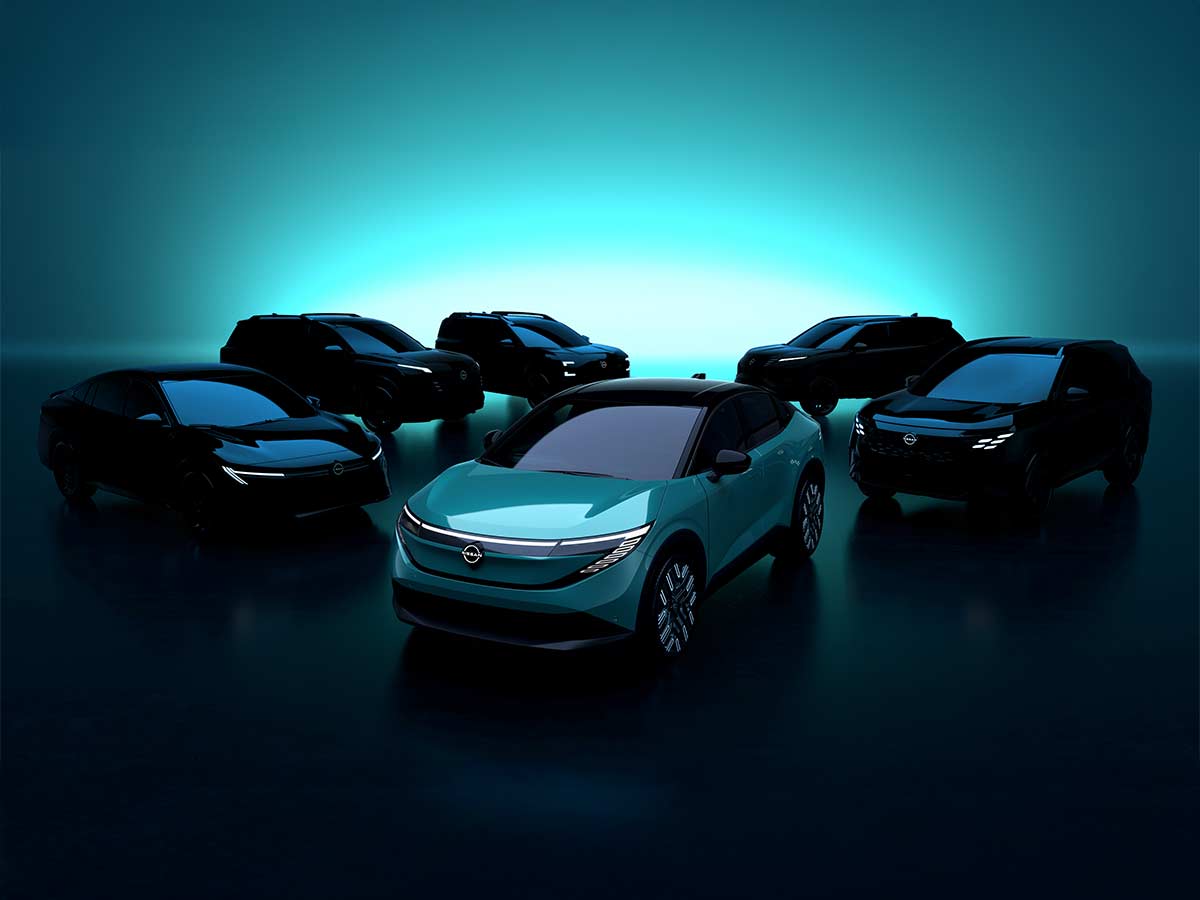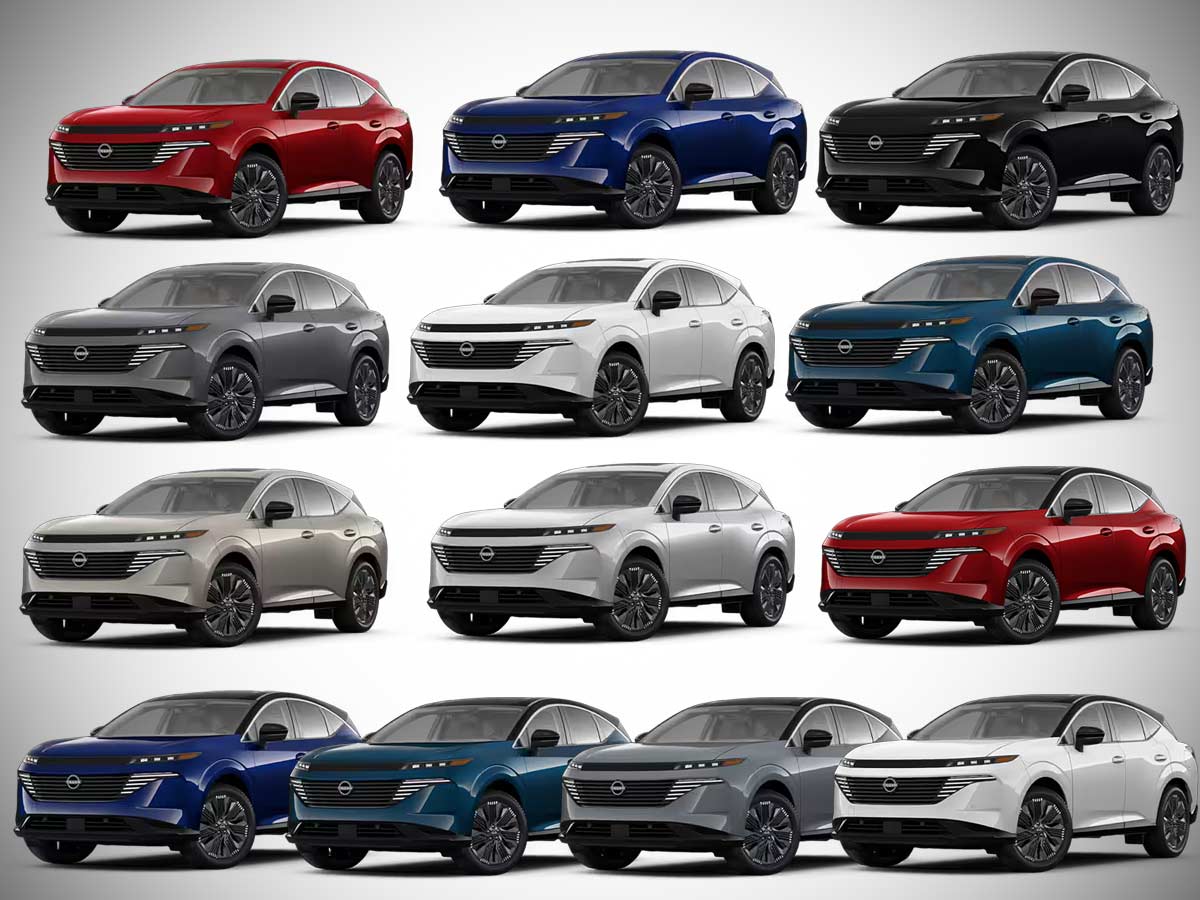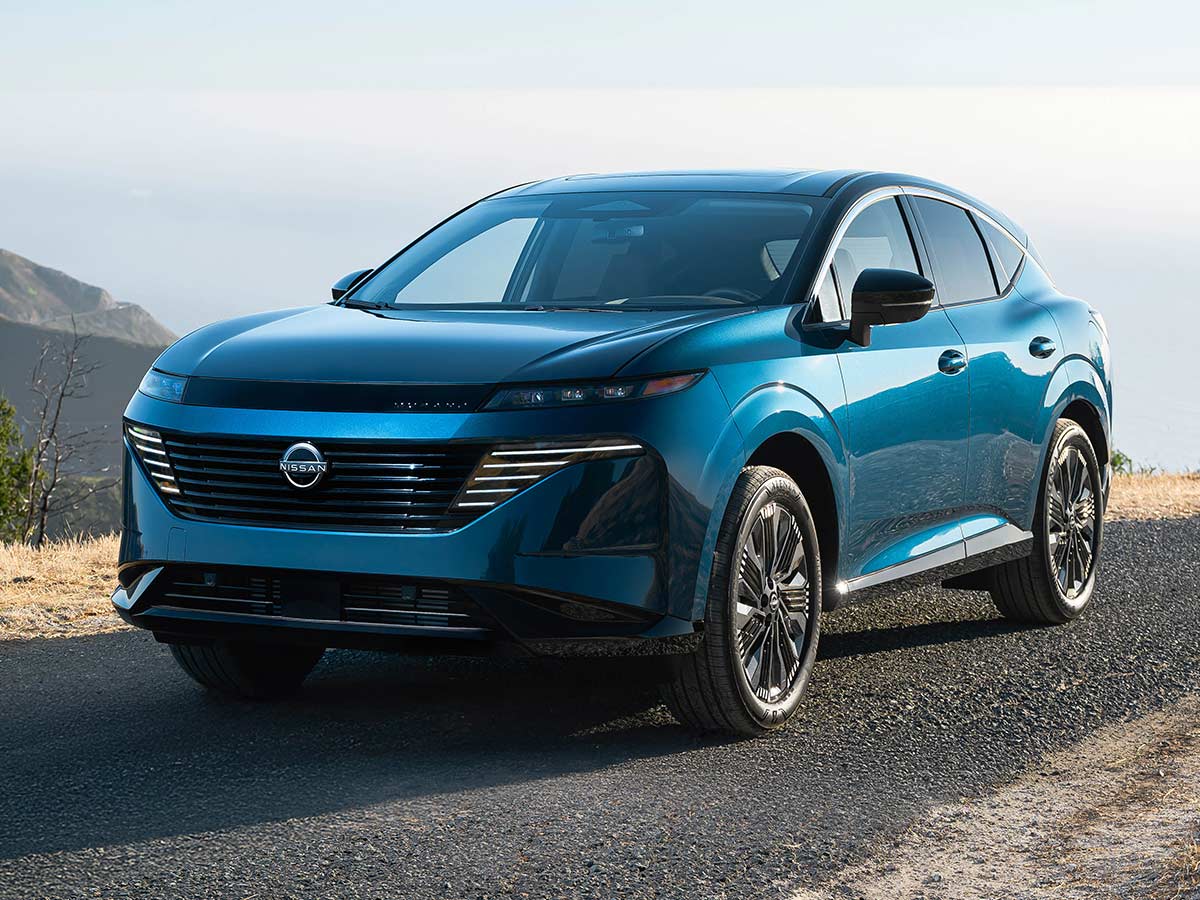- Sporty urban electric concept car
- Designed by a team including some of the younger members of Nissan Design Europe
- Inspired by the world of online racing and Nissan’s participation in Formula E
- Bold and aggressive design with aerodynamic addenda
- Two scissor doors and two deep bucket seats
- Minimalist interior with just a couple of screens displaying vital information
To celebrate the 20th anniversary of Nissan Design Europe (NDE) located in London, Nissan CEO Makoto Uchida unveiled a new sporty urban electric concept car called the Nissan Concept 20-23.
The unveil took place on a floating barge moored directly outside NDE on the Paddington Basin stretch of the Grand Union canal, reflecting the company’s location in the heart of London.
The Concept 20-23 was designed by a team including some of the younger members of NDE, with the simple brief to design a car – with no constraints – which they would like to drive on the streets of the city where they work.
The Concept 20-23 name reflects 20 years of NDE’s position in the heart of London, as well as the company’s traditional number 2 (ni) 3 (san) and the current year. It also continues a long Nissan tradition of bringing eye-catching playfulness to the world of hatchbacks and city cars. With the heritage of Nissan’s so-called Pike cars, such as the Be-1, Pao, Figaro and S-Cargo, Concept 20-23 brings a 21st century twist to this small-car tradition.
Nissan Concept 20-23 Images:

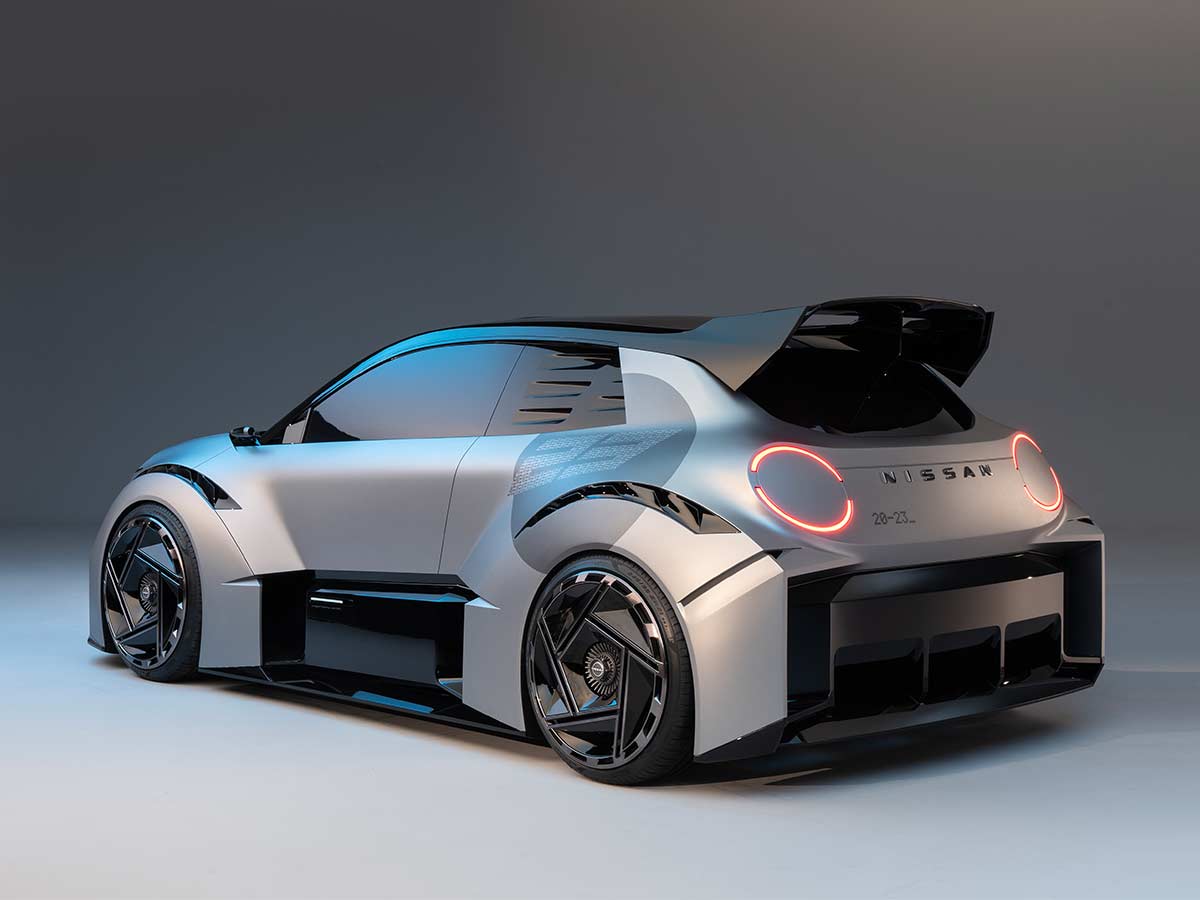
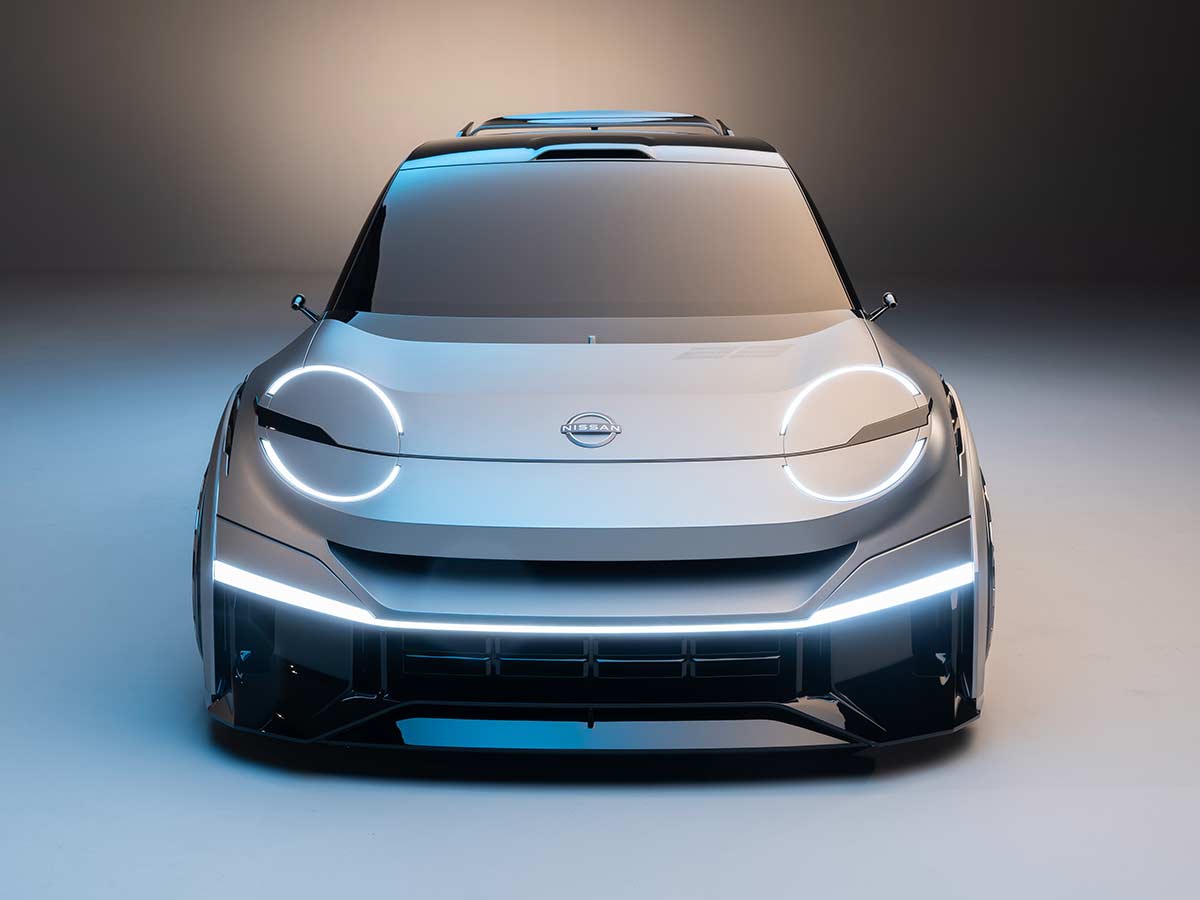
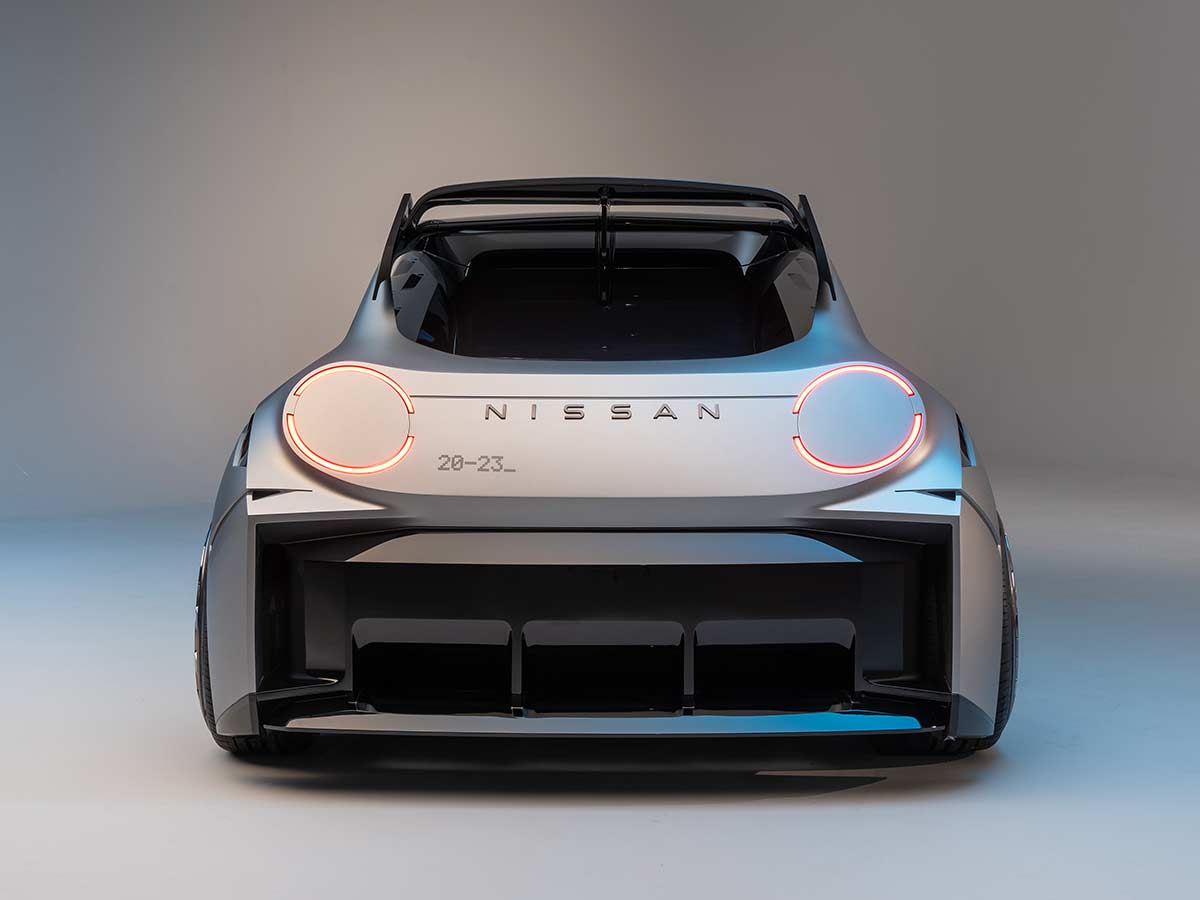
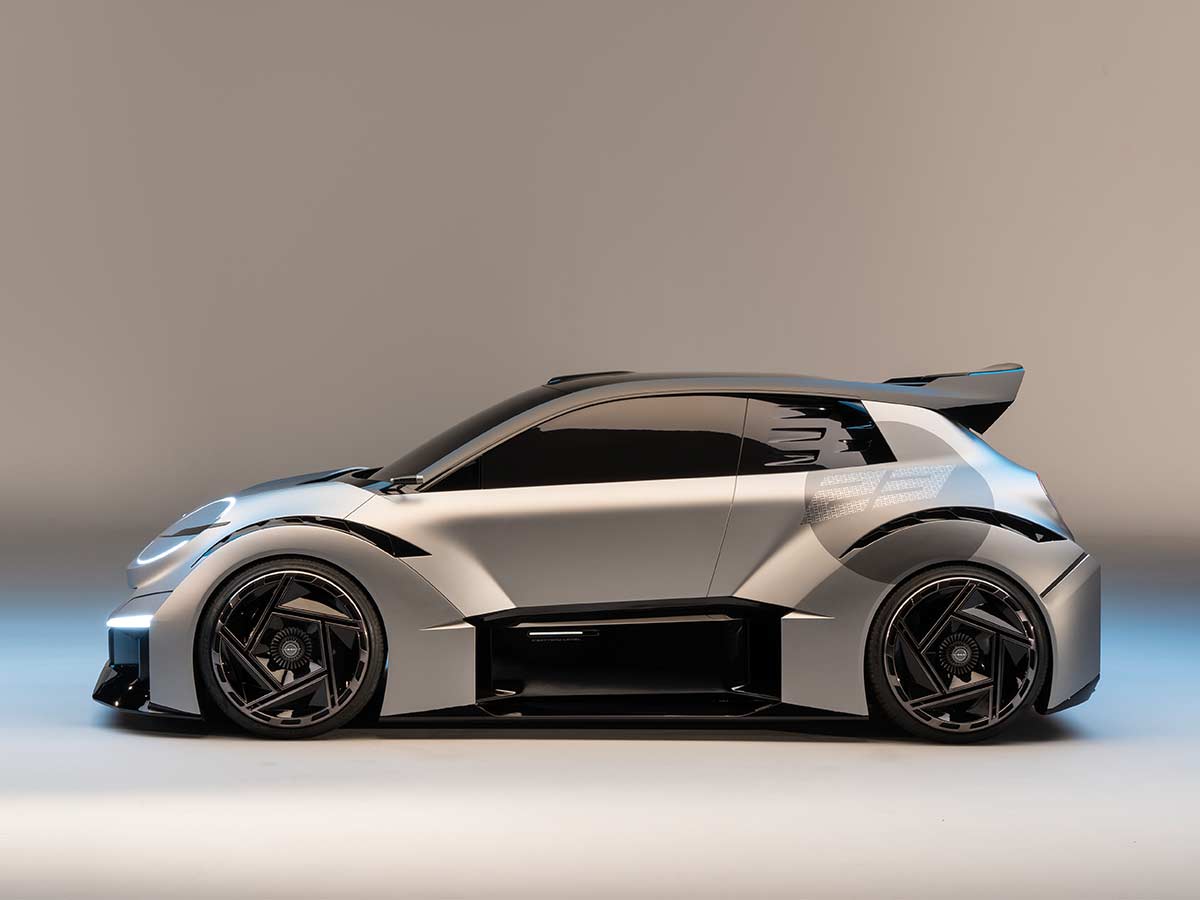
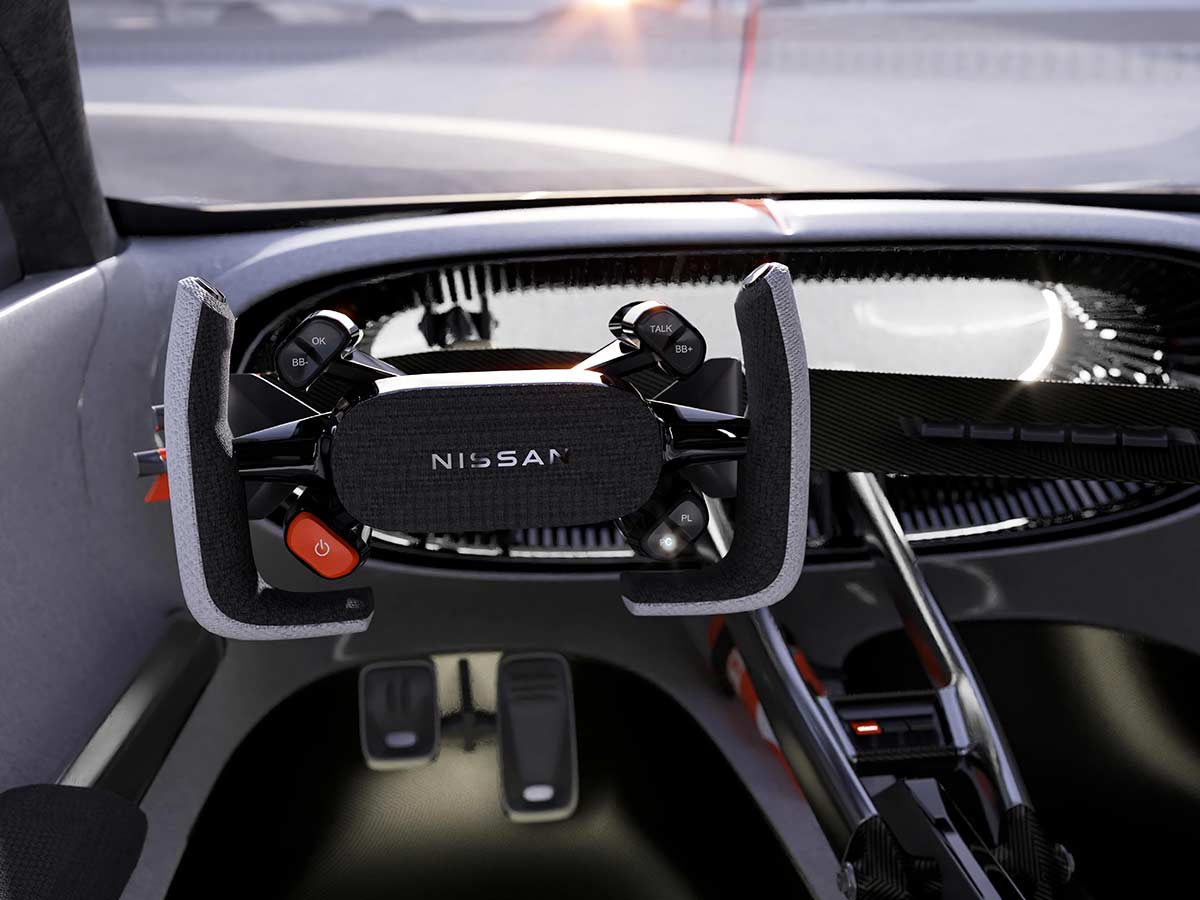
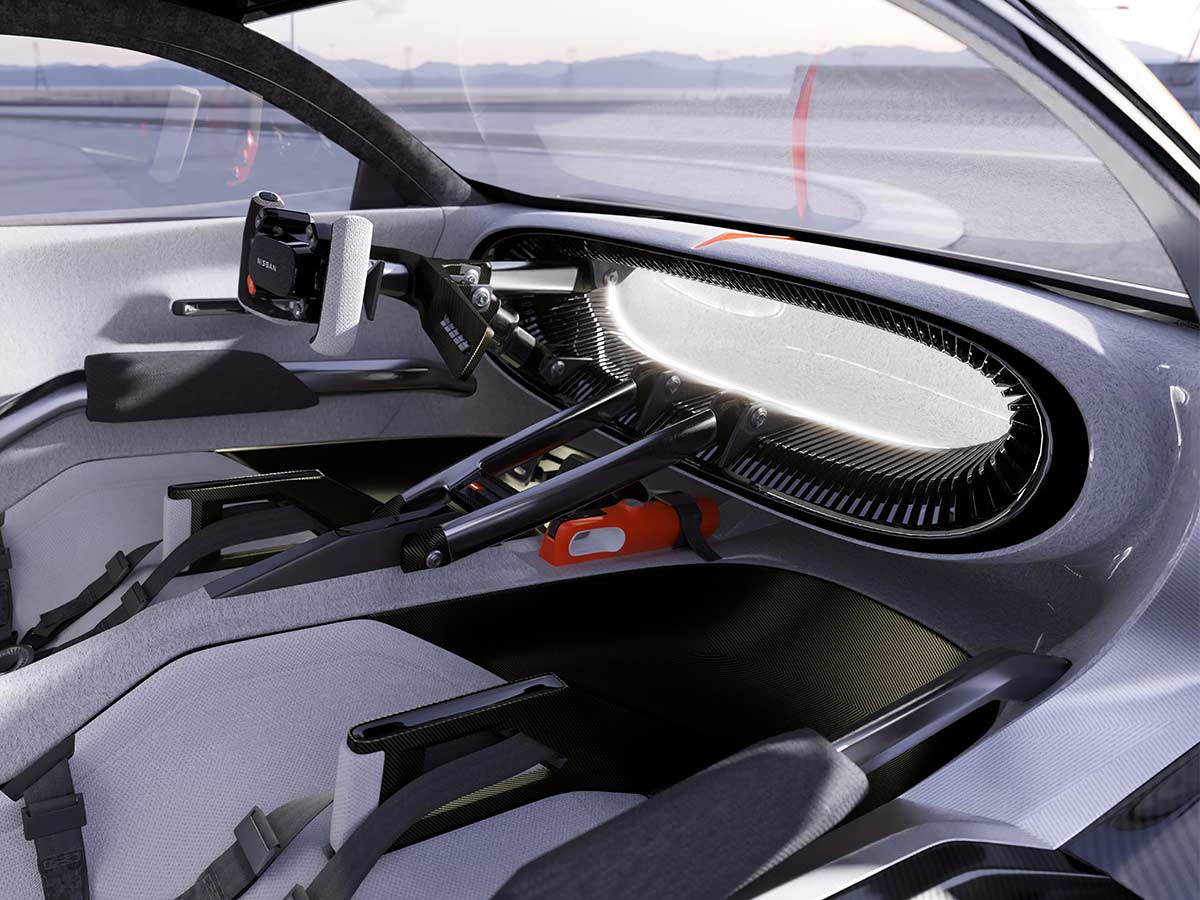
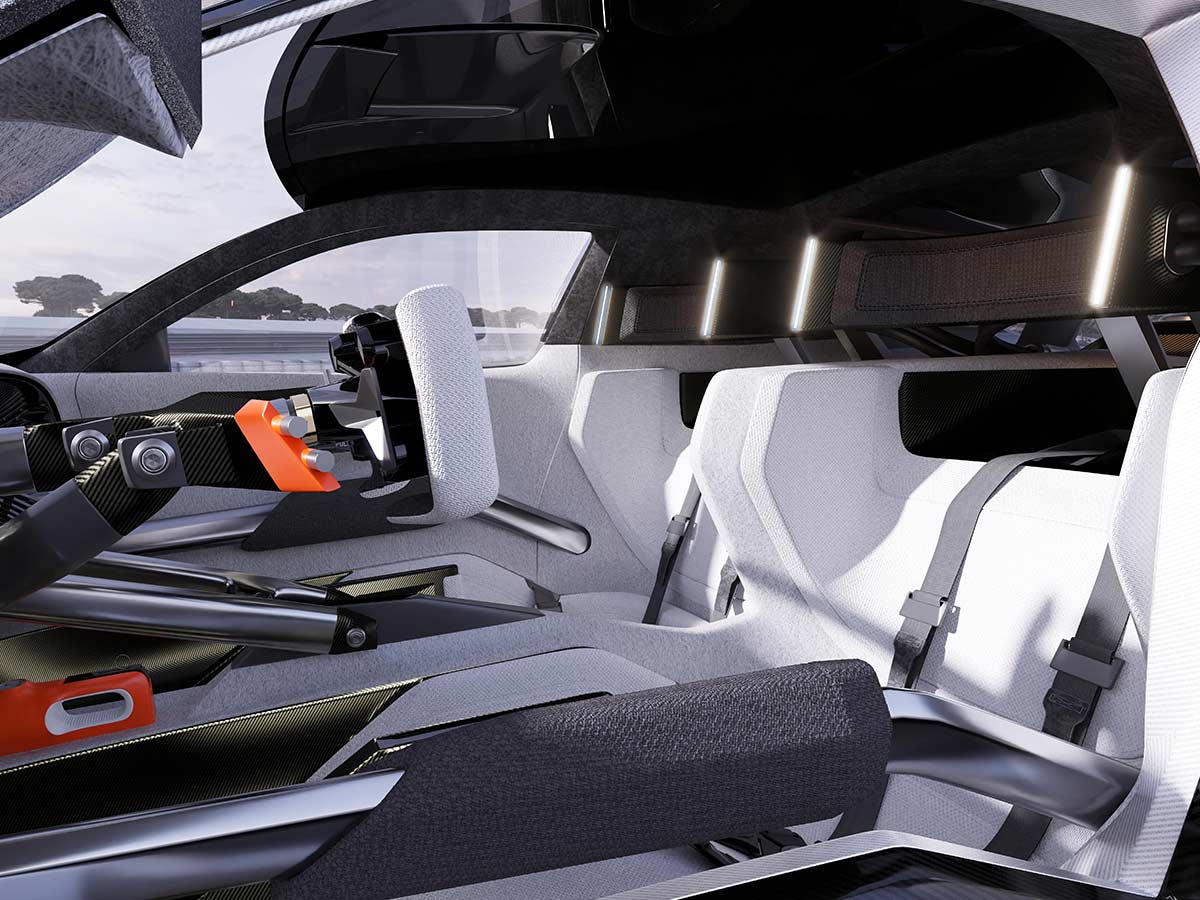




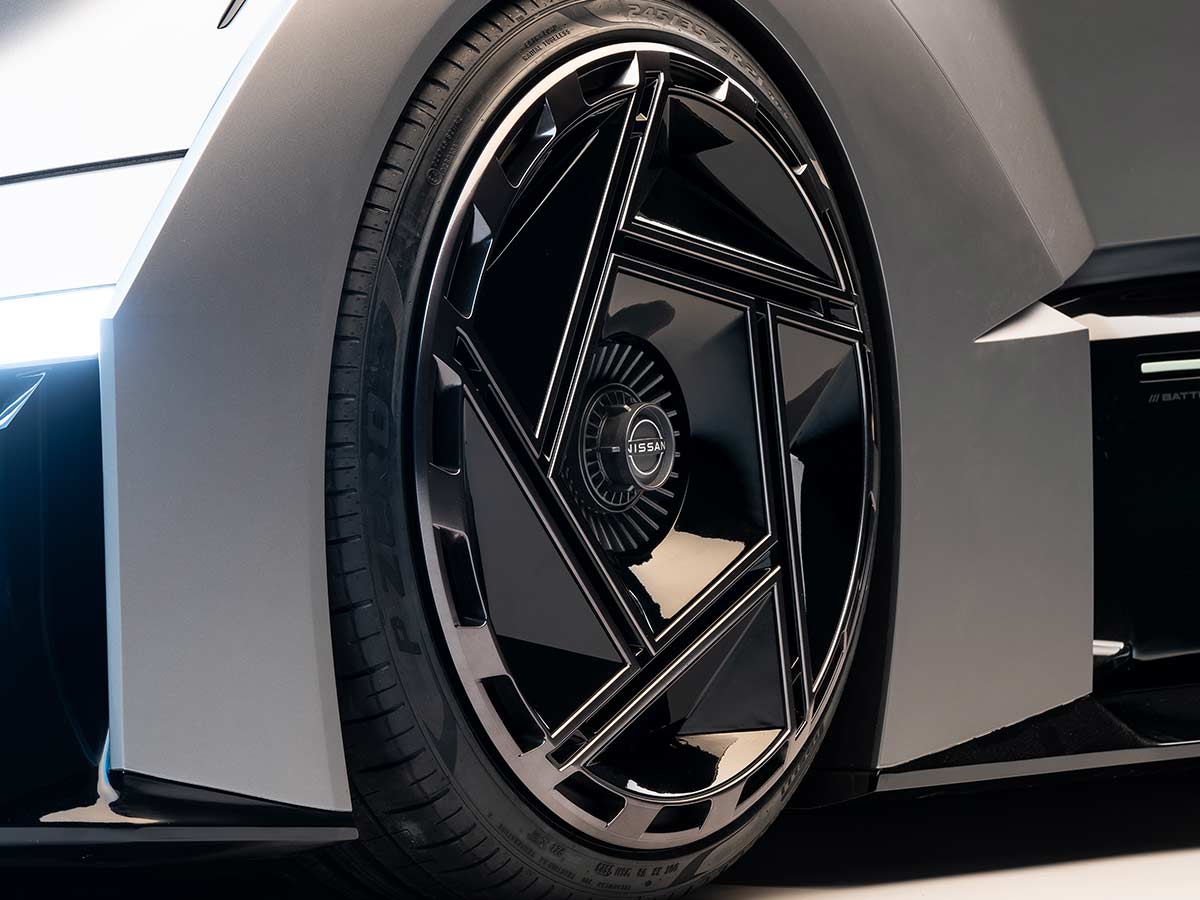
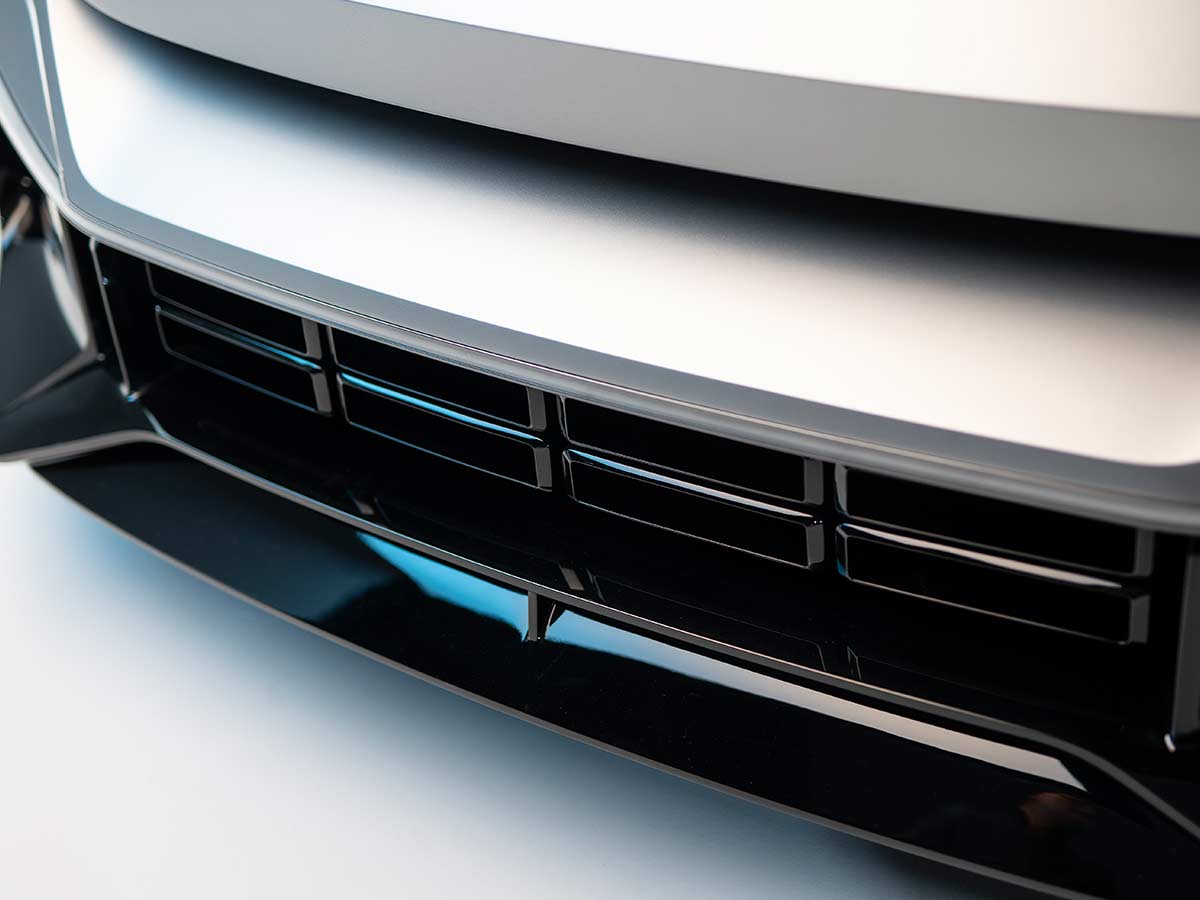

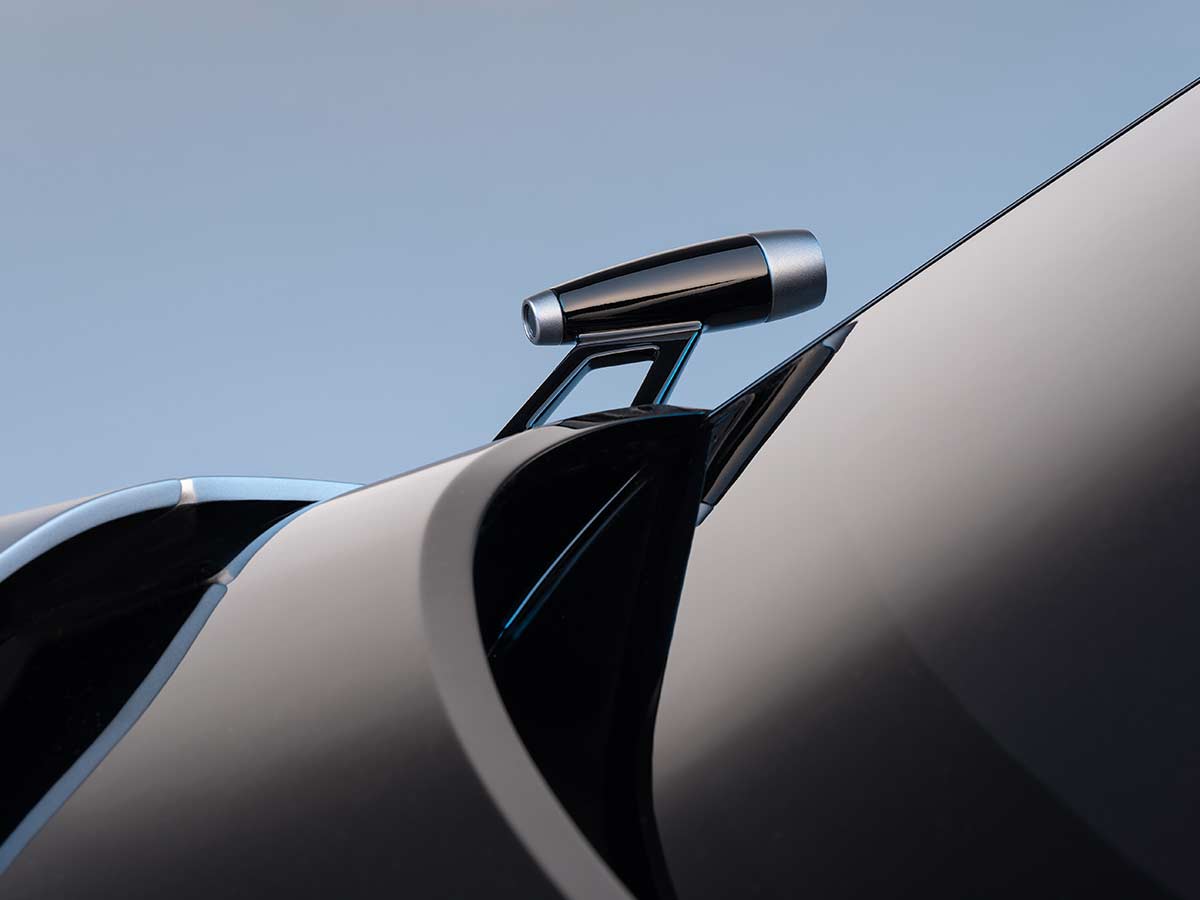



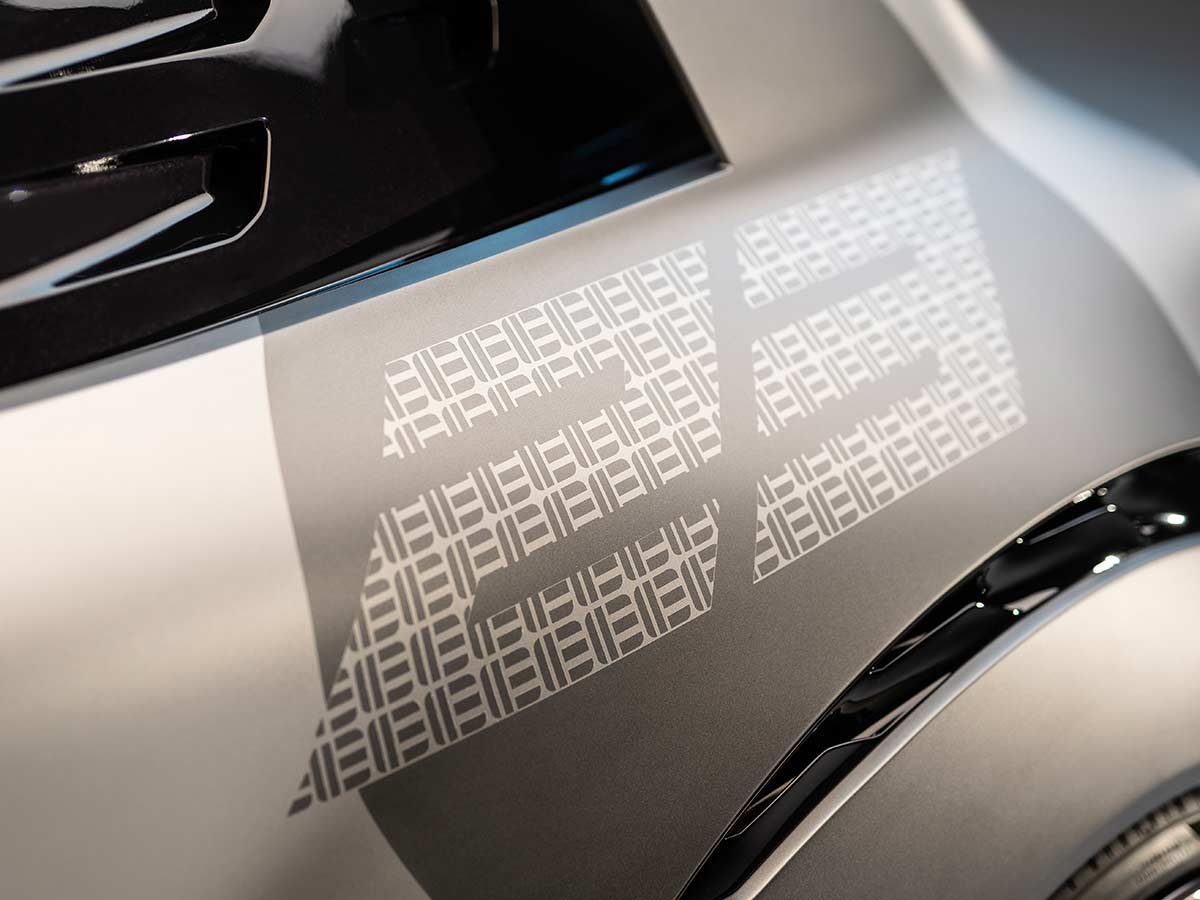

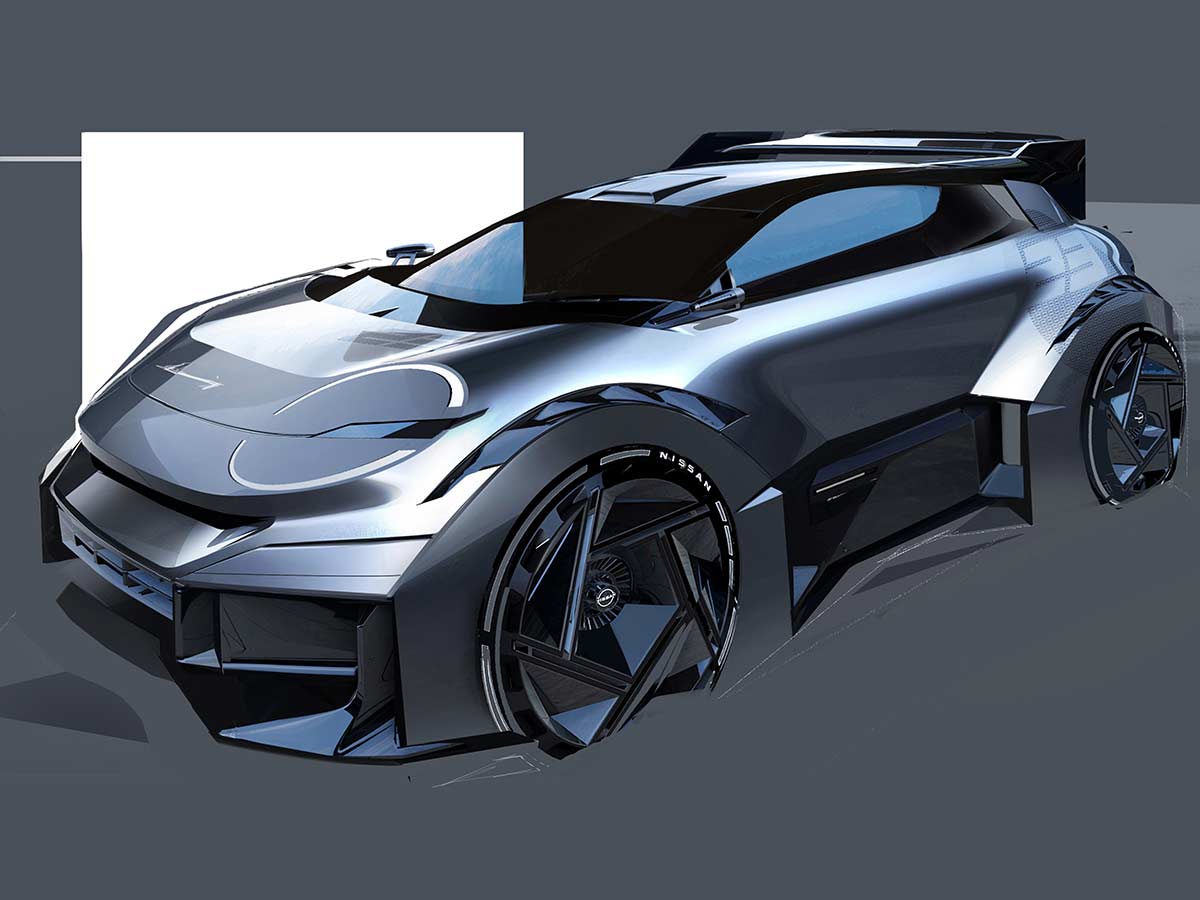
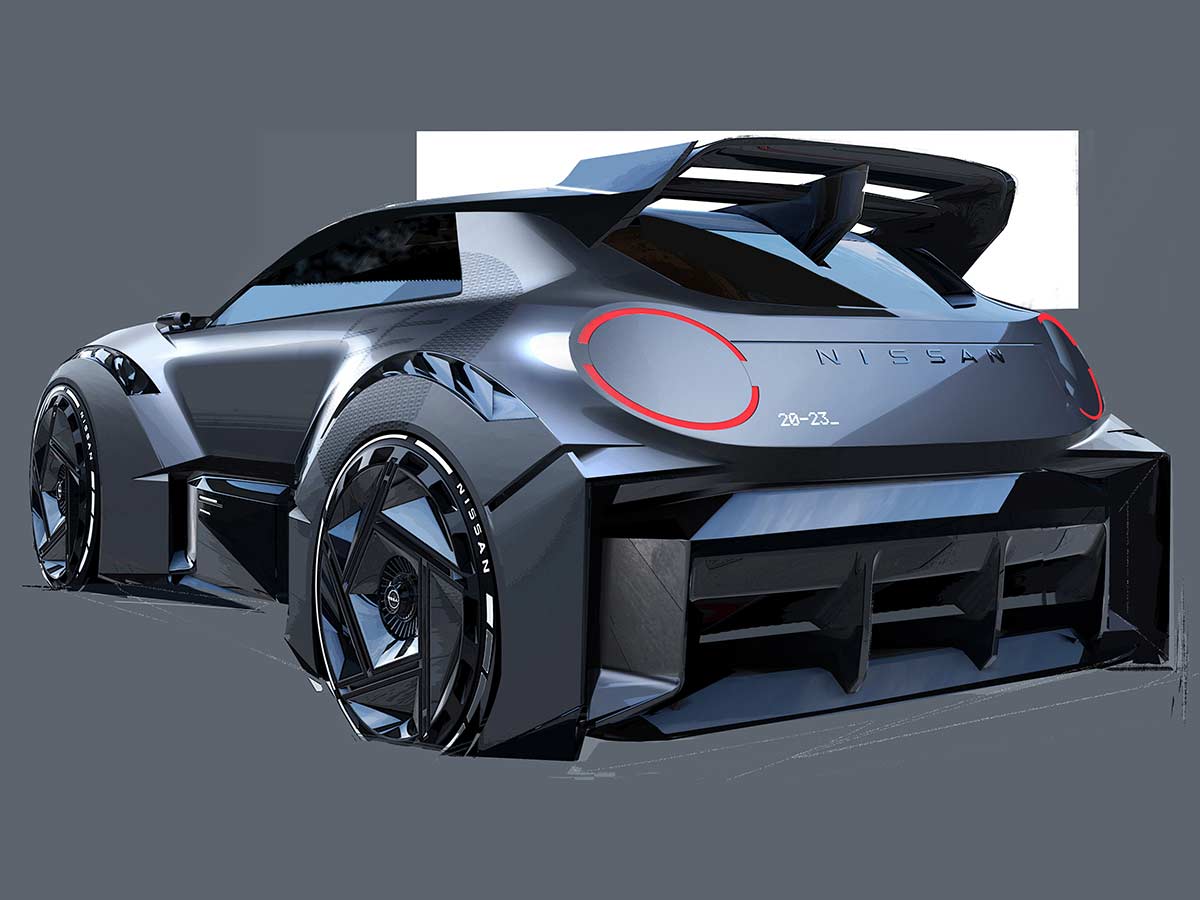
The Nissan Concept 20-23 is a modern take on small car playfulness, reflecting the world of online racing and Nissan’s participation in Formula E. Its three-door hatchback body style features extreme aerodynamic addenda front and rear, with deep skirts that direct the airflow away from the front of the car, through apertures to cool the brakes, and out through vents just behind the front wheels.
The nose of the car consists of a flat plane that angles up to the top of the hood, giving the front an unexpectedly clean surface. The front headlights are positioned here, with their distinctive appearance consisting of a thin upper and lower semi-circle enhanced by a sharp beam thanks to LED technology. The turn signal is part of the same semi-circle LED unit, giving the front of the Concept 20-23 a friendly appearance in among the complex shapes that govern the airflow.
From the side, the car’s muscularity comes from extended wheel arches that shroud large wheels with low profile tires. The top side of the wheel arches front and rear feature vented louvres to reduce the pressure that can create air resistance in the wheel bay. The curvature of the wheel arches finish abruptly at the level of the lower door where angular intersections frame the air outlet behind the front wheel. The same angular slits on the rear wheel arches allow the airflow to cool the rear brakes. The extended skirts hug the body side on the lower portion of the car.
At the rear, a large single-piece spoiler emerges harmoniously from the roof rail, with endplates that curve from the near vertical close to the c-pillar over to the angled horizontal element which generates the downforce. Rear visibility isn’t compromised by the rear spoiler, avoiding a common problem that sports cars with rear spoilers face.
Like the front, each of the rear lights consist of a thin upper and lower semi-circle LED which contrast with the squared off forms of the lower portion, which is defined by fiercely functional shapes to manage the airflow and to maximise the creation of downforce as the air escapes from under the car. The full width of the car is emphasised by a horizontal bar below what looks like a soft smile that defines the outline of the rear hatchback.
A textured grey paint gives the exterior the impression of being hewn from a single piece of metal, reflecting the gritty environment it was designed to inhabit. The company number – 23 – features on the car’s rear three-quarters.
While the Concept 20-23 car model is an exterior model only, the team of interior designers created an interior that reflects the extremely sporty nature of the exterior. First of all, entry is by two scissor doors which hinge upwards from the base of the A-pillar.
A brace bar runs across the door openings covered in foam padding to protect elbows, requiring the driver and passenger to step over it in order to reach their seats. The two deep bucket seats offer tight support, but not at the expense of comfort. They are trimmed in a near-white finish, with a large head-support reminiscent of racing cars.
Once in position, the driver is greeted by a long extended steering column which culminates in a rectangular sports steering wheel festooned with multiple controls and adjustments. Paddles to adjust the electric powertrain performance and additional switches are within fingertip reach behind the wheel.
The steering column is supported by a carbon-fibre mount which is itself bolted into position from the base of the large, open aperture which makes up the centre console.
Between the two occupants, two metal beams hold the centre console in position and are bolted to the “spine” of the car that appears from the floor. Beneath the two brace bars, a fire extinguisher is mounted.
The interior is a futuristic interpretation of a racing car’s bare functionality, with just a couple of screens displaying vital information with minimal distractions – a reflection of where real racing cars – such as Nissan’s Formula E entrant – inspire online racing simulator set-ups.
The Nissan Concept 20-23 is a bold and exciting vision for the future of small cars. It is a car that is both playful and serious, practical and performance-oriented. It is a car that would be as much at home on the track as it would be on the street.
The Concept 20-23’s hatchback body style and rounded headlights are reminiscent of the old Micra, while its muscular wheel arches and aggressive styling are more in line with the Juke. It is also worth noting that the Concept 20-23 is powered by an electric powertrain, which is something that Nissan is expected to offer in both the next-generation Micra and the Juke.
Of course, it is also possible that the Concept 20-23 is simply a design study that will not be put into production. However, given its similarities to the Micra and the Juke, it would not be surprising to see some of its design elements incorporated into the next-generation versions of these popular models.



